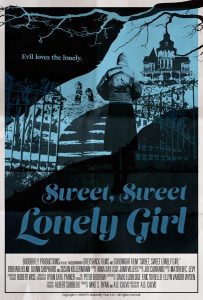 I scrolled to the tail end of my watch list on Shudder last night, because it’s been a minute or three since I watched anything there that wasn’t hosted by Joe Bob Briggs. The movie at the end was conveniently short (since I was halfway thinking about going to sleep early instead) and in English (since I wanted to get my outstanding review handled before the plot got very busy[1]), so perfect placement, and thusly did I watch Sweet, Sweet Lonely Girl, which is one of those recent modern movies with a heavy ’70s aesthetic[2]. Check the poster to your right, for example.
I scrolled to the tail end of my watch list on Shudder last night, because it’s been a minute or three since I watched anything there that wasn’t hosted by Joe Bob Briggs. The movie at the end was conveniently short (since I was halfway thinking about going to sleep early instead) and in English (since I wanted to get my outstanding review handled before the plot got very busy[1]), so perfect placement, and thusly did I watch Sweet, Sweet Lonely Girl, which is one of those recent modern movies with a heavy ’70s aesthetic[2]. Check the poster to your right, for example.
Despite the 20th C gothic setting, which is teenager gets away from her creepy stepdad by taking a summer job as caretaker for her mother’s shut-in sister who lives in a big empty house but refuses to leave her bedroom or for that matter even open the door to be seen by anyone due to agoraphobia and also she has a heart condition, despite all those horror movie trappings, this easily could have been mistaken for an awkward teen lesbian coming of age art film. Because there’s the alluring raven haired beauty at the grocery store, and wait, she’s interested in me, the quiet shy wallflower, as a person? And she’s a free spirit who doesn’t wear a bra when changing clothes into the flapper gear in the basement of the big empty house? And she’s maybe interested in me as more than just a person?
But this is a horror movie, and the shut-in aunt is downright creepy, and long story short there’s more going on than coming of age, and for that matter more going on than a plausibly haunted 20th C gothic empty old house. But like indie arthouse flicks in general, it is definitely more concerned with mood and atmosphere than it is with plot, and the result is I’m not entirely sure whether I was satisfied or not.
But I think so. The final shot of the movie does a lot of heavy lifting, is all I’m saying.
[1] Which goal, incidentally, I think I accomplished? I missed an early key transition, but since it had been expressed in the plot summary, no confusion!
[2] The House of the Devil, for example, although that’s more mid ’80s aesthetic.
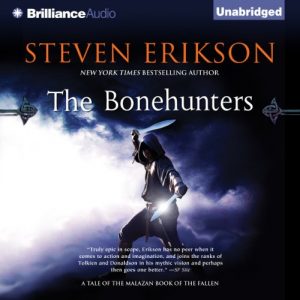 Jesus, I read
Jesus, I read 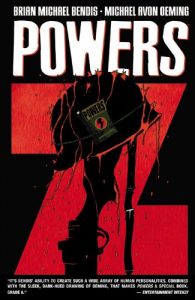 Considering how close I am to the end of the published Powers series, you would think I would not have gone three and a half years since
Considering how close I am to the end of the published Powers series, you would think I would not have gone three and a half years since  There are two things working against me here. 1) I am not used to reviewing reference books, and 2) I’ve been reading
There are two things working against me here. 1) I am not used to reviewing reference books, and 2) I’ve been reading 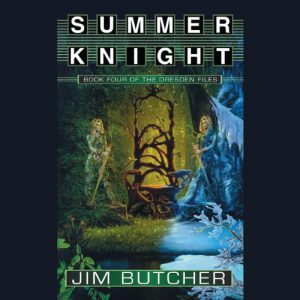 I am shocked to see that we finished listening to the last Dresden Files book less than six month ago. It really seems much longer ago. Which means that yay, still accomplishing something here. Anyway: as usual, the first and most important part of
I am shocked to see that we finished listening to the last Dresden Files book less than six month ago. It really seems much longer ago. Which means that yay, still accomplishing something here. Anyway: as usual, the first and most important part of  This will be a long one. It will definitely contain a bunch of spoilers, but not for a while and not without notice. Also below a cut, but that’s only so useful unless you’re on the front page of my site, and nobody but me ever is.
This will be a long one. It will definitely contain a bunch of spoilers, but not for a while and not without notice. Also below a cut, but that’s only so useful unless you’re on the front page of my site, and nobody but me ever is.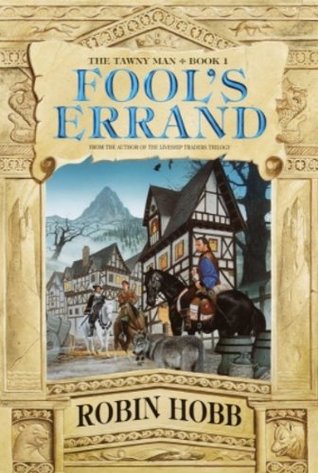 My Hobbsian (and let’s be honest, to a very real extent Hobbesian) journey continues, with the first book of the Tawny Man trilogy.
My Hobbsian (and let’s be honest, to a very real extent Hobbesian) journey continues, with the first book of the Tawny Man trilogy. 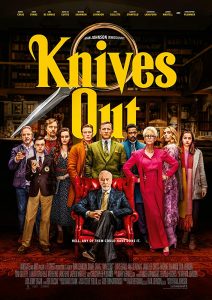 As you cannot in any way ascertain from my shoddily maintained review site, it’s been a little while since I saw any movies, and so when Thanksgiving and its multiple days off and/or light work load came along, it thusly became movie time. Of course, that’s been nearly a week, so I can not remember what other movies were in contention anymore, only that what we actually saw was
As you cannot in any way ascertain from my shoddily maintained review site, it’s been a little while since I saw any movies, and so when Thanksgiving and its multiple days off and/or light work load came along, it thusly became movie time. Of course, that’s been nearly a week, so I can not remember what other movies were in contention anymore, only that what we actually saw was 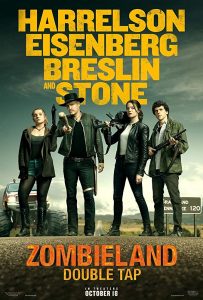 I think this is the worst I’ve ever done. I’m over 90% sure I haven’t missed any reviews and this is the only old one, but damn. Did I read a book and later forget? Probably not, since I take my Hobb slowly, and because of the standard refrain of busy busy work towne, not to mention a board game convention and other various life distractions. Then again… uh-oh, I’d better check the Deathlands stuff. I think that was only while camping and has already been addressed.[1]
I think this is the worst I’ve ever done. I’m over 90% sure I haven’t missed any reviews and this is the only old one, but damn. Did I read a book and later forget? Probably not, since I take my Hobb slowly, and because of the standard refrain of busy busy work towne, not to mention a board game convention and other various life distractions. Then again… uh-oh, I’d better check the Deathlands stuff. I think that was only while camping and has already been addressed.[1]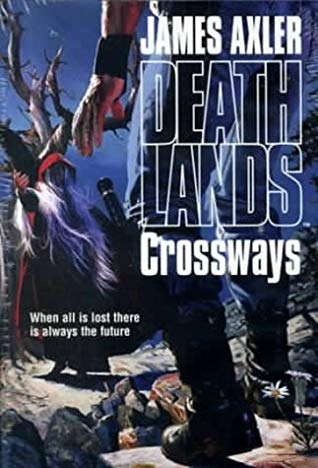 As usual, a weekend in the woods means another Deathlands book[1]. I don’t have a lot to say about it, because it was extremely transitional. Also because reviewing these is starting to feel a little like reviewing individual issues of comics? I think the latter is more true because this one was transitional. Like, when you have a really good four to six issue Spider-Man or Avengers run, and they’ve set up hints about what will happen next that’s big, but in between there are a couple of episodic villain of the week bits, with maybe two panels each dedicated to “no really, the next story is about to happen”? This is that but in book form.
As usual, a weekend in the woods means another Deathlands book[1]. I don’t have a lot to say about it, because it was extremely transitional. Also because reviewing these is starting to feel a little like reviewing individual issues of comics? I think the latter is more true because this one was transitional. Like, when you have a really good four to six issue Spider-Man or Avengers run, and they’ve set up hints about what will happen next that’s big, but in between there are a couple of episodic villain of the week bits, with maybe two panels each dedicated to “no really, the next story is about to happen”? This is that but in book form.